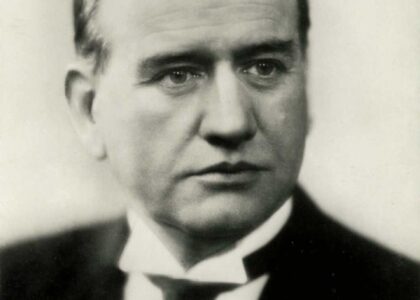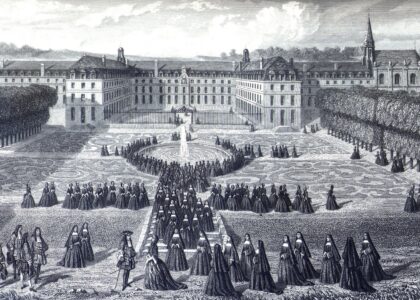Welcome to Frannie, a unique little locality straddling the border between Park and Big Horn Counties in Wyoming. This town holds a special place in the history of the Bighorn Basin, a region rich with stories of settlement, growth, and resilience.
Frannie was established in 1901, during a period of rapid development in the Bighorn Basin, largely spurred by the expansion of the Chicago, Burlington and Quincy Railroad. This connectivity not only put Frannie on the map but also allowed it to flourish as a small but significant outpost on the line just south of the Montana border. Interestingly, Frannie is the only town in this basin named after a woman, specifically the daughter of a local cattle rancher, adding a personal touch to its historical narrative.
The early 20th century was a time of growth for Frannie, as settlers were drawn by the promise of fertile land and the opportunities brought by the railroad. However, like many early settlements, Frannie experienced its share of challenges. The town played a role in the agricultural development of the region, contributing to the broader economic tapestry of Wyoming.
Though small, Frannie is nestled in a region historically inhabited by indigenous tribes such as the Crow and Shoshone, whose presence and influence predate European settlers by centuries. The Fort Laramie Treaty of 1868 established Crow and Shoshone reservations nearby, setting the stage for the subsequent influx of ranchers and homesteaders.
As you pass through today, imagine the bustling activity of the early 1900s, with trains arriving and departing, bringing new settlers and goods to the burgeoning community. While Frannie may not be large in size, its story is deeply intertwined with the development of the American West and offers a glimpse into the lives of those who helped shape this rugged frontier.




